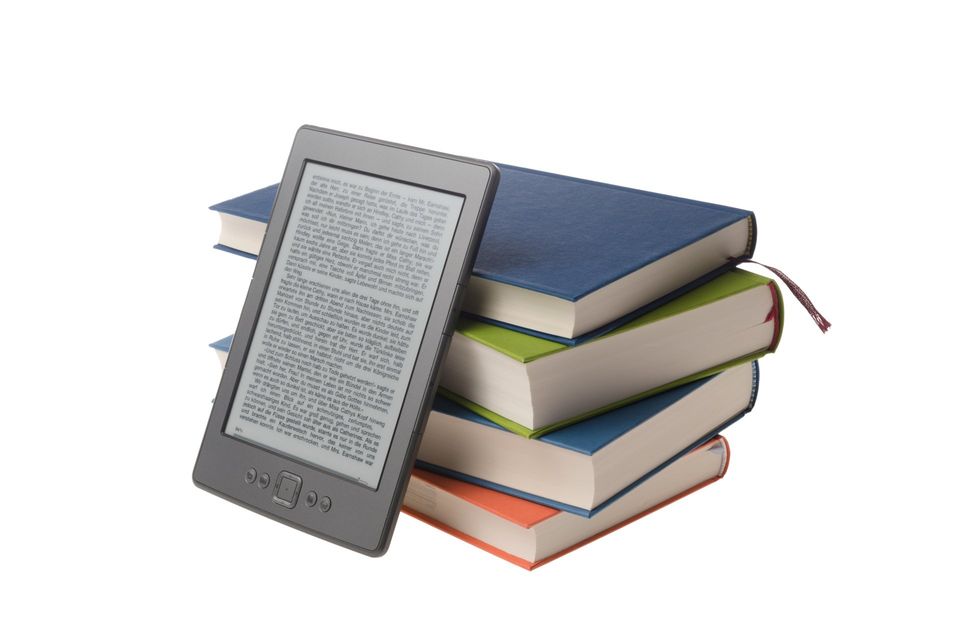BOOK OR DEVICE: WHICH IS BETTER FOR YOUR EYES?

If you've avoided digital devices in favor of printed books, you might want to rethink that decision -- especially if you have vision problems. A German study in the journal PLOS One found that older adults read faster and better using certain electronic devices.
Researchers asked 36 younger adults (ages 21-34) and 21 older adults (ages 60-77) to read nine short texts on two devices -- an Apple iPad 2 and an Amazon Kindle 2, and on a white printed page, which all participants said they overwhelmingly preferred at the beginning of the study. The readers' brain activity was tracked via electroencephalogram (EEG) and the speed of their eyes as they moved over the page was measured. The results showed no difference in activity among the three formats for the younger adults, but the older adults read more efficiently and comfortably with the iPad than with either the Kindle or the printed page.
The authors speculate that the iPad made it easier for older adults to read because of its backlit display, which enhances contrast sensitivity, such as the ability to discern black text on a white background. Contrast sensitivity declines with age and with age-related vision ailments such as cataracts and macular degeneration.
Other pluses of devices: You can increase the text size to suit your eyesight, reverse the color scheme (reading white type on a black background if you prefer), and download thousands of books, including many by using a library card.
Most digital readers these days, including most Kindles, are backlit, lit from above, or have lighting that lets you see them in the dark. Features -- and prices -- vary widely, especially if you want to do more than read, so do your homework before purchasing a device. Some features to consider: portability, screen size, color screen versus black and white, the ability to browse the Web and receive or send email, text messaging, multimedia access (such as games, music, and movies), and storage capacity.
Eye strain (asthenopia) affects 58 percent of adults who use electronic devices, according to a survey by the American Optometric Association. The cause is often the extended use -- two or more hours in a row -- of computers and other digital devices. To protect your eyes:
* Adjust your settings. Enlarge the type, and tweak contrast and brightness until they're comfortable. Also, dimmer light and "full-spectrum" fluorescent lighting tend to be better for computer work than regular fluorescent tubes.
* Blink! People tend to blink half to a third less often when working at a computer. Blinking moistens your eyes, which prevents dryness and irritation. Make a habit of blinking 10 times slowly every half hour or so.
* Follow the 20-20-20 rule. Every 20 minutes, take a 20-second break and look at something 20 feet away. This helps relieve digital eyestrain.
* Take a break. The National Institute of Occupational Safety and Health recommends taking five-minute "mini-breaks" every hour to stand, stretch, or move.
* Keep it clean. Wipe your screen regularly -- dust lowers contrast and contributes to glare and reflection.
